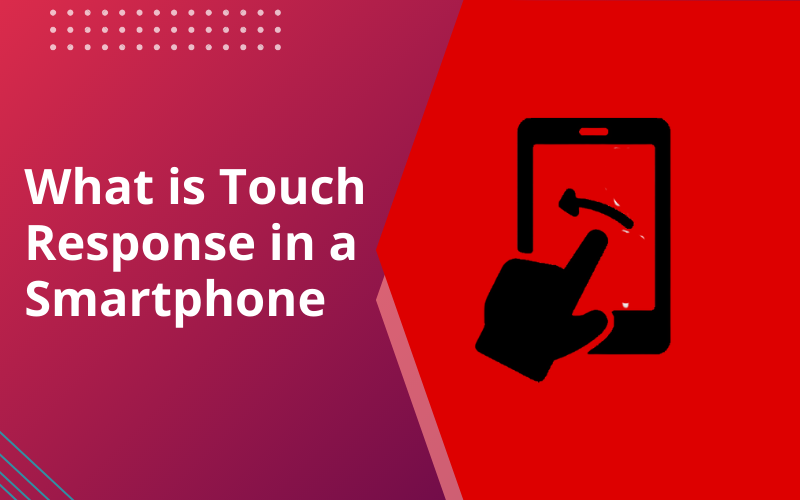A touchscreen is similar to any standard screen, but it acts as an input as well as an output device. By simply pressing the screen or using a stylus, a user can provide input to the device and what the user can observe on the screen is the output. The touchscreen allows the user to communicate directly with what is displayed without using any mouse or touch-pad.
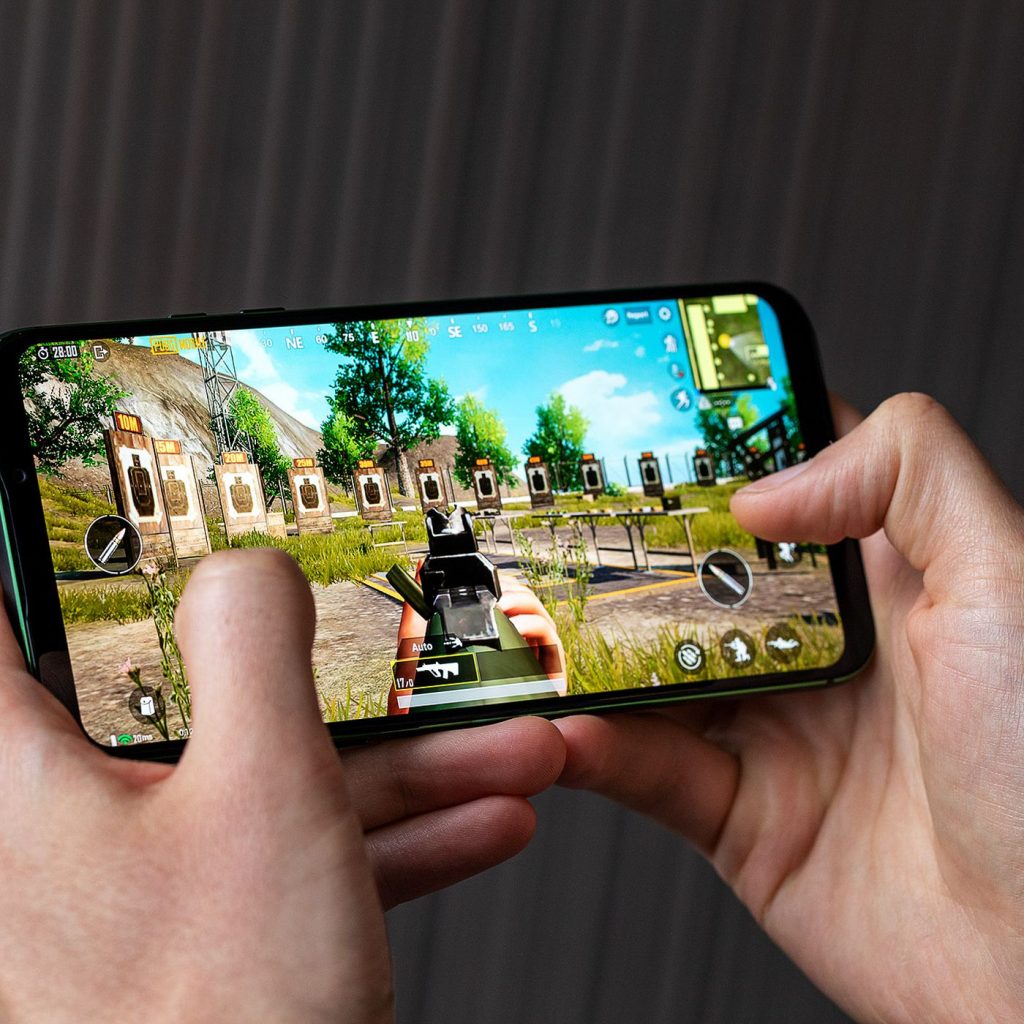
Before we explain what is touch screen response, you need to understand how a touchscreen display works.
How does a touch screen work?
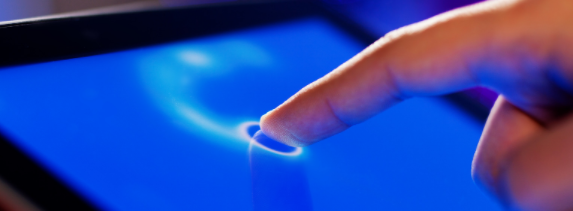
Most of us believe that touch screens have only one universal technology, but there are hundreds of touch screen technologies with numerous touch sensing techniques.
We’ll concentrate here only on two systems that are widely used for the sake of convenience.
1.Resistive touch screens
These are the most simple and popular touch screens and it is mostly used in ATMs and supermarkets. Like its name suggest, these screens actually “resist” your touch; you can feel the screen bend slightly if you push hard enough. Two electrically conductive layers bending to meet each other are what makes resistive screens work.
The resistive touch screens are robust and consistent, but since the multiple layers reflect more ambient light, they are harder to read. They can also only handle one touch at a time, leaving two-finger zoom or mutli touch out of picture.
2.Capacitive touch screens
Capacitive displays do not use the pressure of your finger to make a difference in the flow of electricity. Instead, they work with everything that holds an electric charge, including human skin. Capacitive touch screens are made from materials like copper or indium tin oxide that store electrical charges, each smaller than a human hair, in an electrostatic grid of tiny wires.
Now we know the aspects behind the working of touch screens, we will understand what is touch response
Touch Response
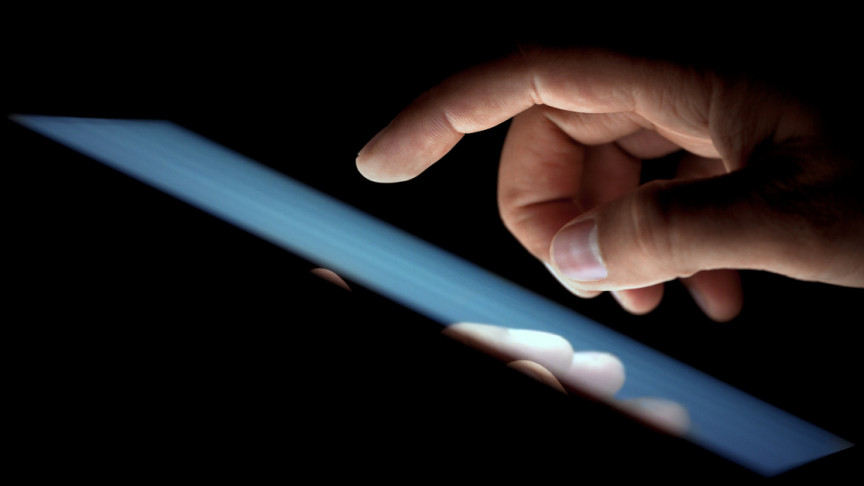
Touch responsiveness is the time it takes for the user, as a consequence of an input, to get feedback from the system. In other words, how easily your screen generates an output or update the UI in reaction of your touch (input).
Since several parts of the device system contribute to touch responsiveness, “system latency” is another term for touch response. So, it is the latency of the device that the user feels, not just the parts associated with the touch.
There is a delay between when you touch your smartphone and when it executes the specified command. There is a lot of process take place in between which depends upon the kernel and processor of the device. We can say that better specification of your device can increase the touch response of your device.
Future of touchscreens

There are new touch screen innovations under development, but for now, capacitive touch remains the industry norm. The greatest problem with touch screens is to develop them for wider surfaces, often interfering with the sensing capabilities of the electrical fields of larger screens.
Today, TouchPoint, one of the most innovative advances in touch screen technology, can transform any surface into a touchscreen. This also involves non-conventionally appropriate surfaces like wood, metal, clothes etc. for this technology. Some experts are also work on “predective touch” technology, by using a combination of sensors and artificial intelligence, it predicts the intended target of the user even before it is contacted by the user.
Benefits of touchscreen technology
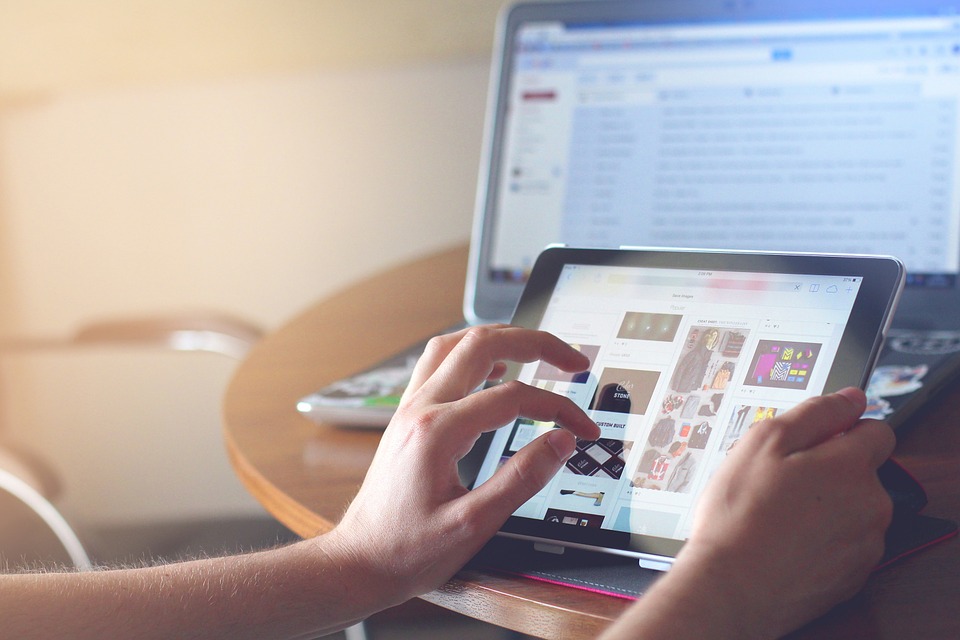
Engaging & Interactive
Conceivably the main attraction of touch-screen technology is the simple and direct interaction it facilitates. It is much more comfortable to run and much more intuitive to use than a traditional computer, which involves the operation of many add-on devices.
No More Mouse & Keyboard
Touch screens provide direct navigation and accessibility through physical touch control, eliminating the need for a conventional computer mouse and keyboard.
Mobility & Space
Many industries, such as restaurants, hotels, retail stores and other fast-paced, demanding industries, in which touch screen displays are most useful, are extremely limited in space. Not having additional and space-consuming hardware makes touch screen monitors a fantastic space-conservative solution for these environments.
Easy User Interface
A primary benefit of touch screen technology is its easy-to-use nature. You point where you want to go and you tap on the application you want to open: it’s intuitive, instinctive and users can pick up on it quickly meaning faster.
Durability & Resilience
If your computer’s mouse or keyboard doesn’t function properly, you actually can’t run your computer and just think about the fact that keyboards are natural traps for dirt, dust, food and water. More add-on devices increase the greater chance of anything going wrong. Touch displays, on the other hand, since they do not have as many components, appear to have a longer product life than conventional computer monitors and systems. They are also manufactured for manipulation and public use and tend to be more durable and resilient as such.
Speed & Efficiency
Your fingertips control the touch screen displays, which is a great addition to conventional mouse-operated devices. You can operate the touch screen much easier by clicking on the icons and apps you want to open than you would if you were navigating with a mouse and typing directions for the machine to perform. This increased productivity means that staff members can operate faster and process customers faster, avoiding long queues and frustration with customers.
Easy to Clean & Maintain
With their flat screens and, in many cases, particularly water and dust sealed screens, touch monitors are much easier to clean and sterilize. In settings such as restaurants, hotels, hospitals and other healthcare settings, this is very significant.
Self-Service Feature
Many businesses and corporations make use of self-service touch screen booths to speed up their rate of service. Nowadays, at touch screen kiosks, purchasing movie tickets, accessing account records, paying bills and printing photos can all be done easily and effectively, removing the need for organizations to recruit, train and pay staff members. It also shortens queue lines significantly.
